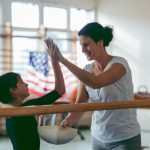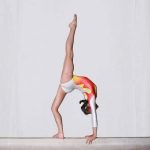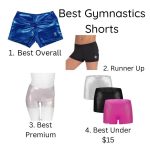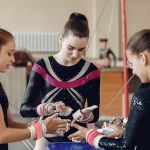Parkour vs Gymnastics—two sports that look similar but couldn’t be more different. Want to know which one builds the most strength, agility, and confidence?
We explore the concepts and training methods behind both of these fascinating sports and discover the benefits of each plus any potential negatives to be aware of.
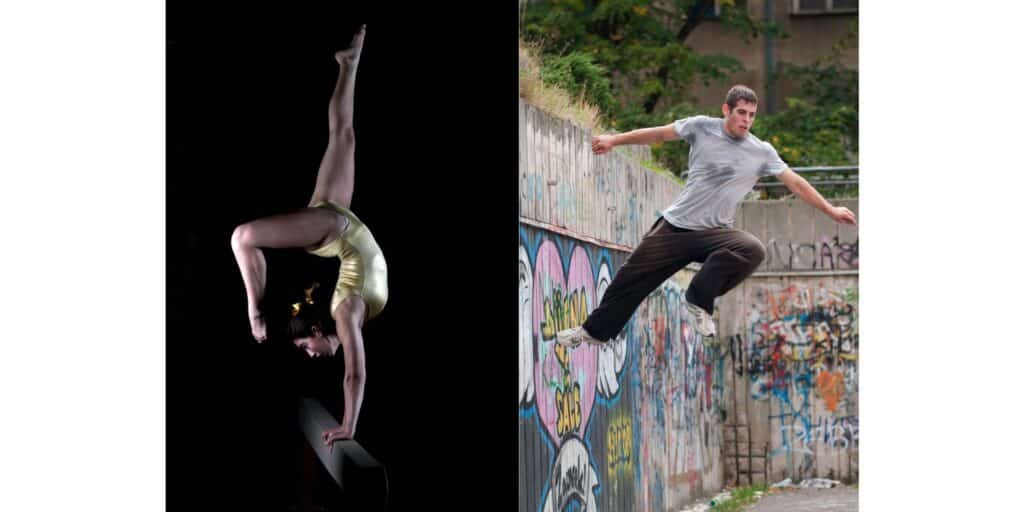
What is parkour?
Parkour is a movement-based sport that originated in Paris, France in the 1980s and 90s. It involves navigating over and around the urban environment and all the obstacles you find. People who practice Parkour (Traceurs) try and move freely and use the obstacles to help them get from A to B in a smooth but also challenging way.
Parkour rose in popularity in the 2000s with the advent of smartphones and social media as it is a very visual and stunning sport to watch.
Parkour is more than just a sport, it is a culture, an art form and a close-knit community who have a shared philosophy.
At first glance Parkour looks very different to the elegance of gymnastics which is an indoor sport with structure, formalities and tradition. However, when you look start to look at the movements used by Parkour Practitioners you will very quickly see a shared use of rolls, jumps, vaults and flips albeit in a different style.
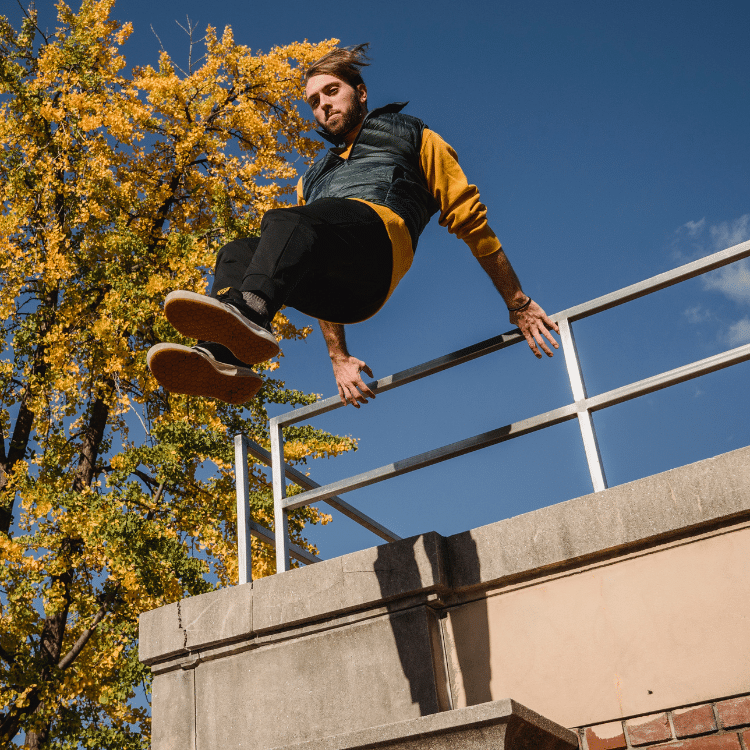
Is parkour similar to gymnastics?
Many movements in Parkour are similar to the ones used in gymnastics. Jumping, landing, rolling and flipping are used in both. Flips and somersaults are performed from walls and rooftops in Parkour and the basic techniques and similar in gymnastics.
For example, if you want to somersault you will need to take off, rotate and land. The principles and biomechanics are the same in both Parkour and Gymnastics regardless of where they are being performed. Twisting somersaults are also performed regularly in both Parkour and Gymnastics.
The Kong vault in Parkour is used to hurdle different obstacles but looks very similar to a Squat Through Vault in gymnastics. In both moves, you have to place your hands on the obstacle (or vault top) and bring the legs up into the chest and over the vault. Same movement but different obstacles.
The basic need for balance, especially dynamic balance is also shared between the two sports. Dynamic balance is the idea of balancing whilst moving for example running along a high wall shares similarities with a gymnast traveling along a balance beam. Dynamic balance differs from static balances which are held still in position.
What is the difference between gymnastics and parkour?
The main difference between gymnastics and parkour is where they are practiced. Modern Gymnastics is usually inside, Parkour is usually outside. Gymnastics has not always been an inside sport. In fact, up until the Second World War gymnastics events at the Olympic games were always held outside. The 1960 Rome Olympics also hosted Gymnastics outdoors.
Gymnastics uses very specific types of apparatus such as Rings, Beams and Pommel Horse. At elite levels, the apparatus has to meet strict size and shape guidelines set out by the Federation of International Gymnastics (FIG). Even the leotards that gymnasts wear have to meet specific regulations.
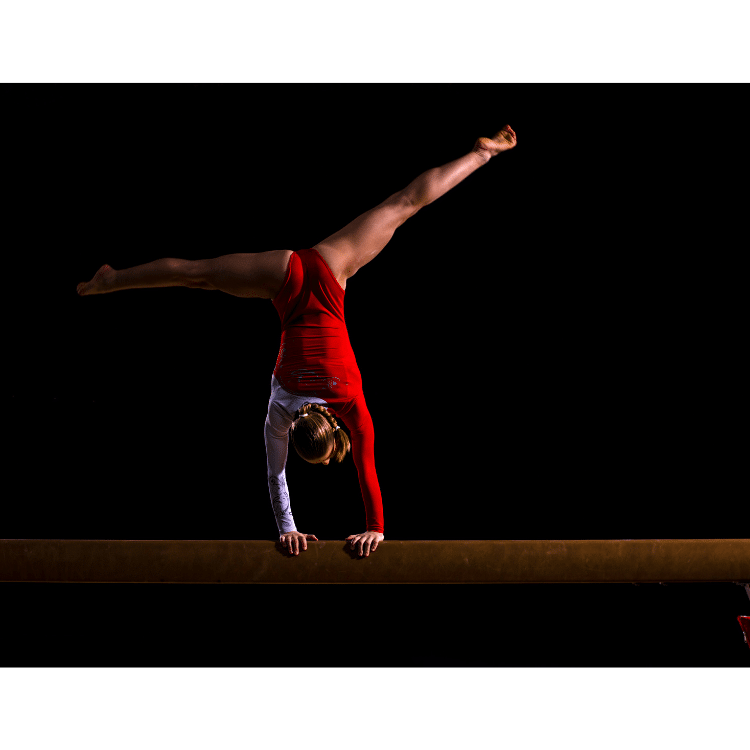
Parkour, on the other hand, is practiced using natural surroundings including buildings, walls, rooftops and fences. There is very little competitive element to Parkour and many people in the community are against making it formally organized and regulated like gymnastics. There is no set uniform and most people practice Parkour in trainers as opposed to the bare feet of gymnastics.
Parkour is non-competitive and practitioners mainly focus on improving themself rather than trying to achieve a competitive score.
Does gymnastics help in Parkour?
Gymnastics can undoubtedly help in Parkour, though it is not essential.
The techniques of landing safely and with control are taught a lot in gymnastics and are repeated over and over until a gymnast has mastered them. As are spacial awareness drills using high, soft mats that reduce the chances of injury. Consistent stretches and strength-building exercises are also a big part of gymnastics training and will help any gymnast trying to learn Parkour.
Although gymnastics can help in Parkour, many practitioners do not have any gymnastics training even at a low level.
Can you practice parkour in a gymnastics facility?
During the last few years, many practitioners of Parkour have utilized gymnastics equipment to help them learn more advanced flips, somersaults and twists.
Some gymnastics facilities welcome this, especially in adult gymnastics classes or open classes. Other facilities may not be so welcome, especially those that want to focus on traditional gymnastics disciplines like artistic.
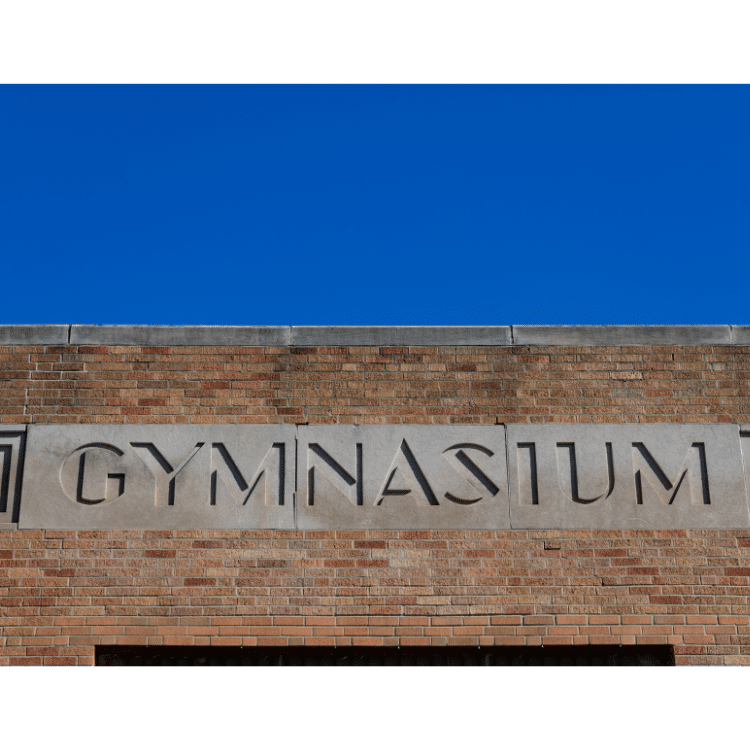
The Federation of International Gymnastics (FIG) added Parkour as a recognized discipline in 2018 which opened the way for gymnastics facilities to offer more structured Parkour programs in their facilities.
Some facilities have taken this one step further by opening indoor gyms that are specifically designed to practice Parkour. Continental Gymnastics in the UK sells a range called Modubox that can be installed in professional gym facilities and includes blocks, ramps and obstacles that you find outdoors.
Freerunning and Parkour
A discussion around Parkour and gymnastics should also include Freerunning.
The history of freerunning is closely tied to the history of parkour. The development of parkour in France in the 1980s and 1990s led to the formation of a group called the Yamakasi. This group of young men began to experiment with parkour, incorporating their own unique movements and styles. The Yamakasi soon became known for their incredible acrobatic feats, and their training methods and movements began to evolve into what we now know as freerunning.

Freerunning, on the other hand, emerged in the late 1990s in France and the UK, developed by Sebastien Foucan, who was a friend and contemporary of David Belle. Freerunning builds upon the philosophy of parkour but incorporates a greater emphasis on creative expression and aesthetic movements.
Freerunning gained international exposure in the early 2000s when videos of the Yamakasi performing their incredible stunts began to circulate online. These videos inspired a new generation of athletes to take up the sport, and freerunning soon began to gain popularity around the world.
| Parkour | Freerunning | |
| Objective | Pass obstacles whilst traveling from point A to B efficiently | Expressive movement of the body |
| Place of Origin | Paris, France | France |
| Creator | Sebastian Foucan | David Belle |
| Basic Skill Lists | Vaults, precision jumps, wall runs, rolls, cat leap, tic tac, underbar, lache | Vaults, precision jumps, rolls, back flips, front flips, cork, 540, 720, wall flips, aerial |
| FIG Recognized | Yes | No |
| Competitive | Competition was originally discouraged. However, Parkour is now a recognized FIG discipline with attempts being made to include it in the Olympics. | Began as a social rather than competitive sport. Some events are now held. Chase Tag has elements of Freerunning. |
The Benefits of Parkour
Parkour is an excellent form of exercise that improves strength, agility, and endurance. It’s also great way to build confidence and mental toughness, as practitioners often push themselves beyond their physical limits to achieve their goals.
Moreover, Parkour offers practitioners an opportunity to explore and interact with their environment in new and exciting ways, developing a heightened sense of spatial awareness and a deep appreciation for the world around them.
Final Thoughts
The comparison of parkour vs gymnastics highlights that there are many similarities, especially in the types of movements. However, the question of which is better is an individual choice. Gymnastics tends to be taught in safer, matted environments and is much more regulated so if that is important to you it will be a big factor.
Even Parkour is now becoming more organized and regulated since its inclusion as a FIG discipline so ultimately it’s a matter of personal choice.
- How to Do a Back Handspring: Complete Step-by-Step GuideLearning how to do a back handspring is an exciting milestone for any gymnast. It builds confidence, agility, and forms the foundation for advanced tumbling… Read more: How to Do a Back Handspring: Complete Step-by-Step Guide
- How To Get Over a Mental Block In Gymnastics: A Complete GuideGymnastics is a sport that requires not only physical strength and skill but also mental strength. When a gymnast feels like they cannot attempt a… Read more: How To Get Over a Mental Block In Gymnastics: A Complete Guide
- The Best Leotard for Girls in 2025: What to Look ForFinding an ideal leotard for girls isn’t just about picking a dazzling design that sparkles (although it does help!). The leotard has to fit perfectly,… Read more: The Best Leotard for Girls in 2025: What to Look For
- The Best Gymnastics Shorts (Our Top Picks)The best gymnastics shorts are designed to be worn over the top of a leotard providing additional coverage around the upper legs, whilst allowing gymnasts… Read more: The Best Gymnastics Shorts (Our Top Picks)
- Decathlon Leotards – Are They Any Good?If you’re in the market for a new leotard, you may be wondering if Decathlon leotards are any good considering the low cost of their… Read more: Decathlon Leotards – Are They Any Good?
- A Complete Guide to Gymnastics Hand RipsAre you tired of dealing with painful gymnastics rips on your hands from training? Look no further – this article offers a comprehensive approach to… Read more: A Complete Guide to Gymnastics Hand Rips
